

Berthing a twin-engine vessel stern-first with the wind blowing up or down the fairway.

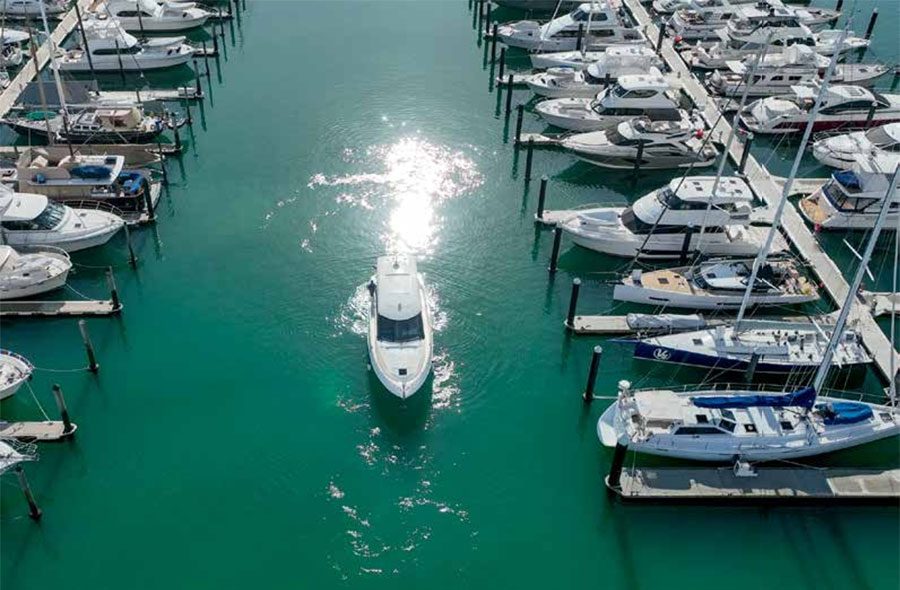
1. Ensure you reverse approach the berth from downwind (stern into the wind). This ensures the wind will slow the vessel down as you approach, rather than accelerating it!
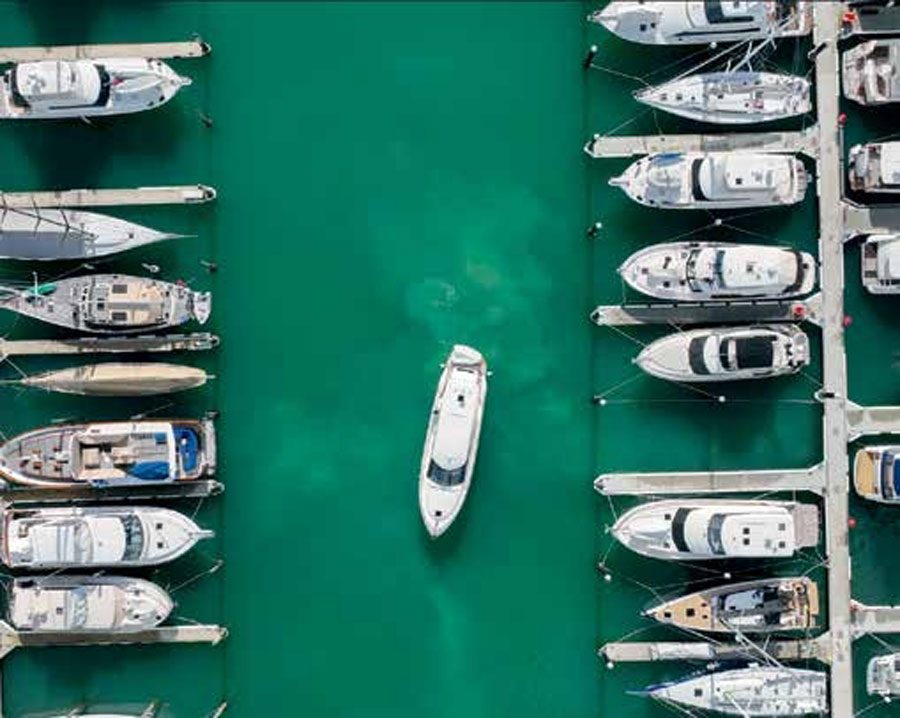
2. When to begin your turn is the million-dollar question and depends on many variables such as vessel type and windage. But as a rule, the stronger the wind the later you begin your turn.
3. Be aware as you turn you are presenting more vessel area to the wind which will, therefore, begin slowing the vessel more assertively, so ideally ensure just enough momentum to compensate for this.
4. On calm days you can begin your turn by utilising forward on the appropriate engine to align with your berth. This action will simultaneously stop the vessel and begin the turn prior to engaging astern on the opposite engine to rotate and align the boat.
5. On windier days you are far better to begin your turn by idling astern on the relevant engine, as this will begin your turn, and the wind will be enough to stop the vessel as you engage forward on the opposite engine to align it with your berth.
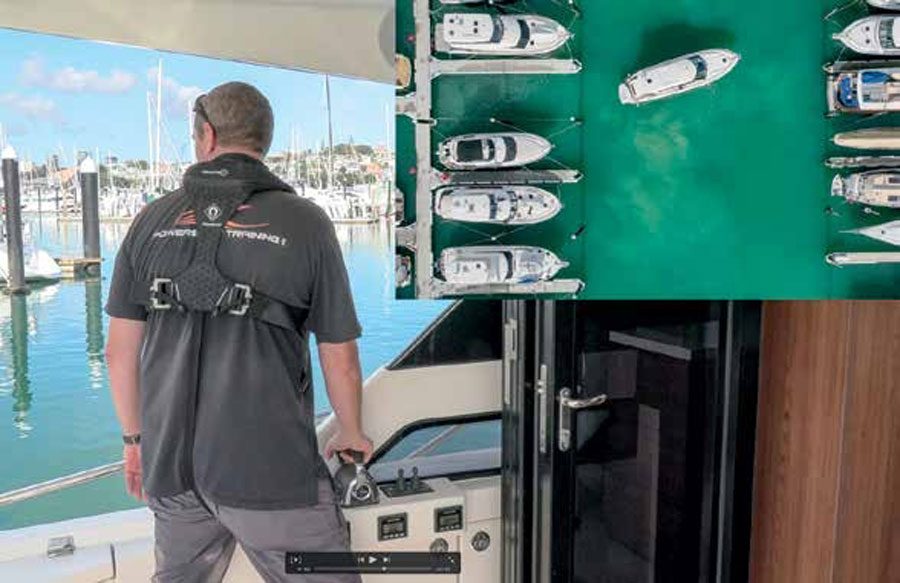
6. On windy days you will need to commence astern momentum fairly sharpish once aligned with the berth, since any delays will see the wind push you onto your berth too soon. And if the stern contacts prematurely, the wind will simply blow the bow downwind, resulting in the boat ‘spinning out’
7. Ideally you want to have at least half of the vessel in the berth before the wind pushes you onto your finger dock.
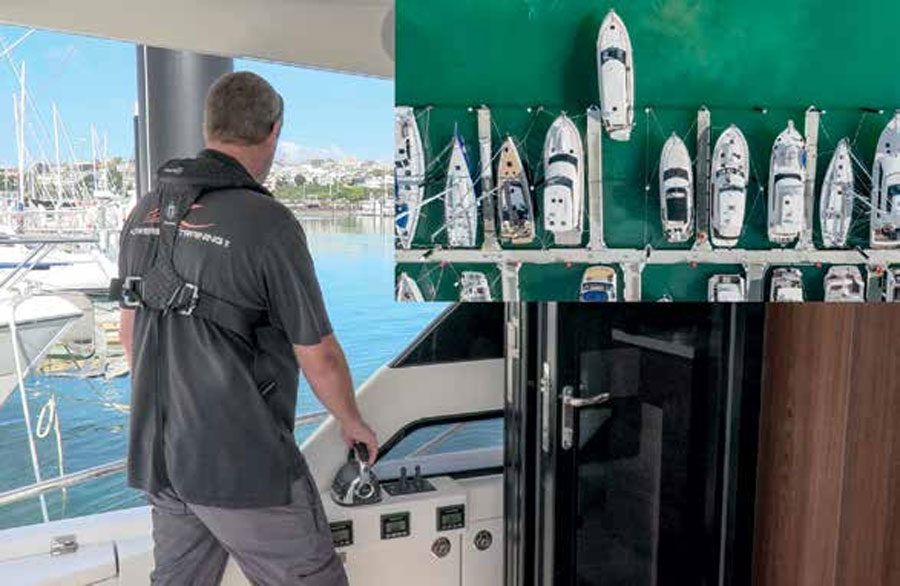
8. A cheat to perform if your vessel gets caught by the wind and the bow begins spinning out: If your boat has a suitable stern (not a hydraulic platform for example) and is well fendered, get about one metre of the stern inside your berth, allow the wind to gently settle your quarter onto your berth or pole, and just as the bow begins to spin out, split the engines to realign the vessel. You essentially press the fendered stern onto the pile or dock, using it as a support around which the vessel rotates back into alignment.
9. If you have thrusters, use them early as they make this manoeuvre a whole lot easier. It’s always best to use them sooner rather than later – leave them too late and they could struggle to arrest any unwanted vessel momentum.
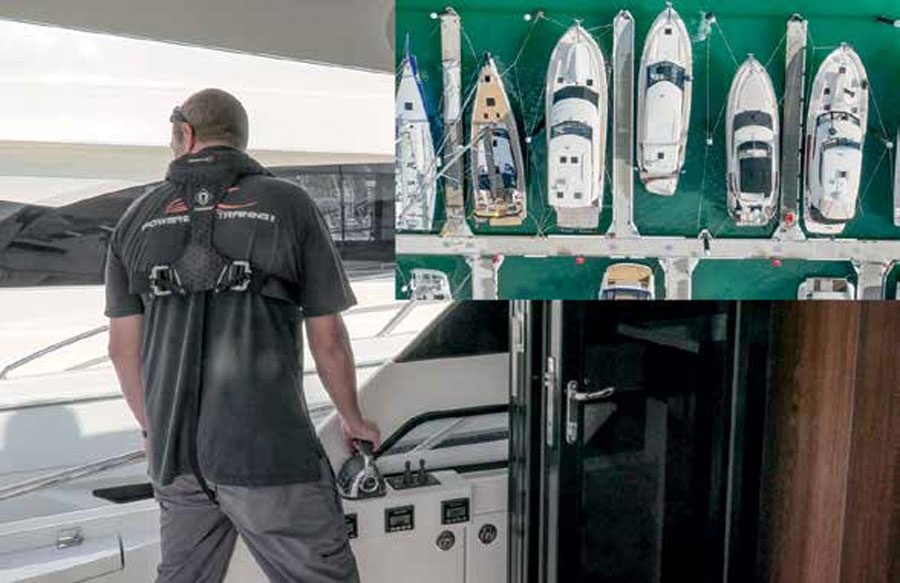
10. The key to success is to use plenty of fenders and to only drive your boat as fast as you are prepared to crash it! Absolutely no panic power, as this causes 90% of significant vessel damage. BNZ




